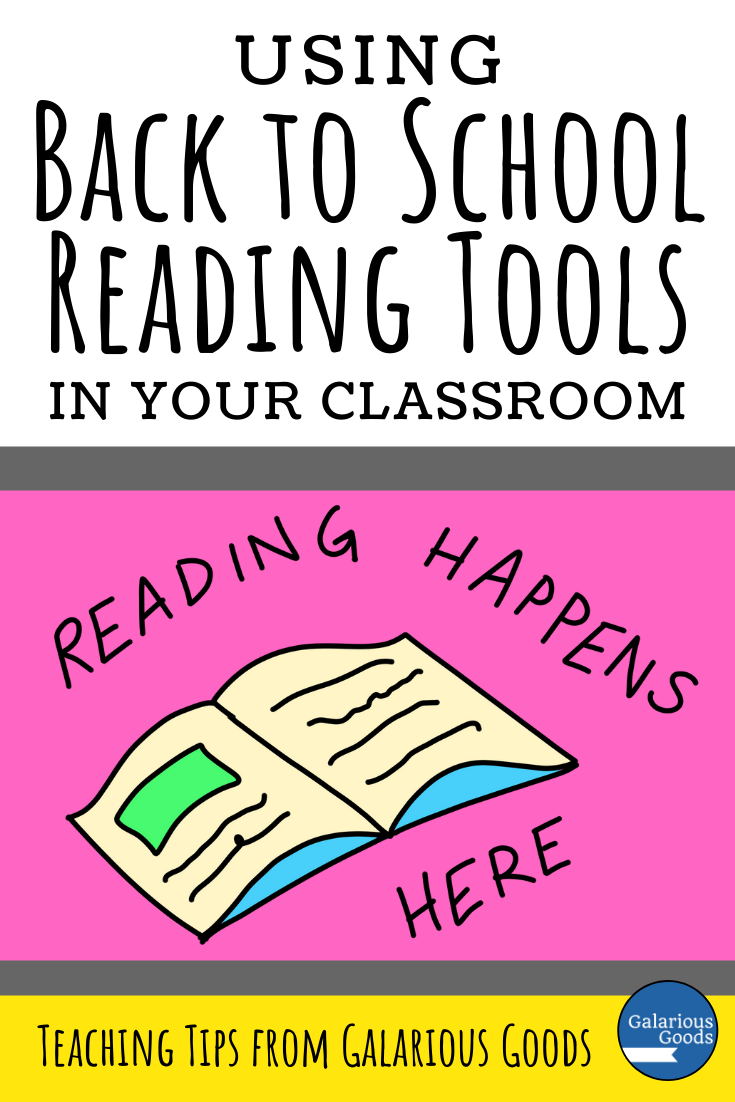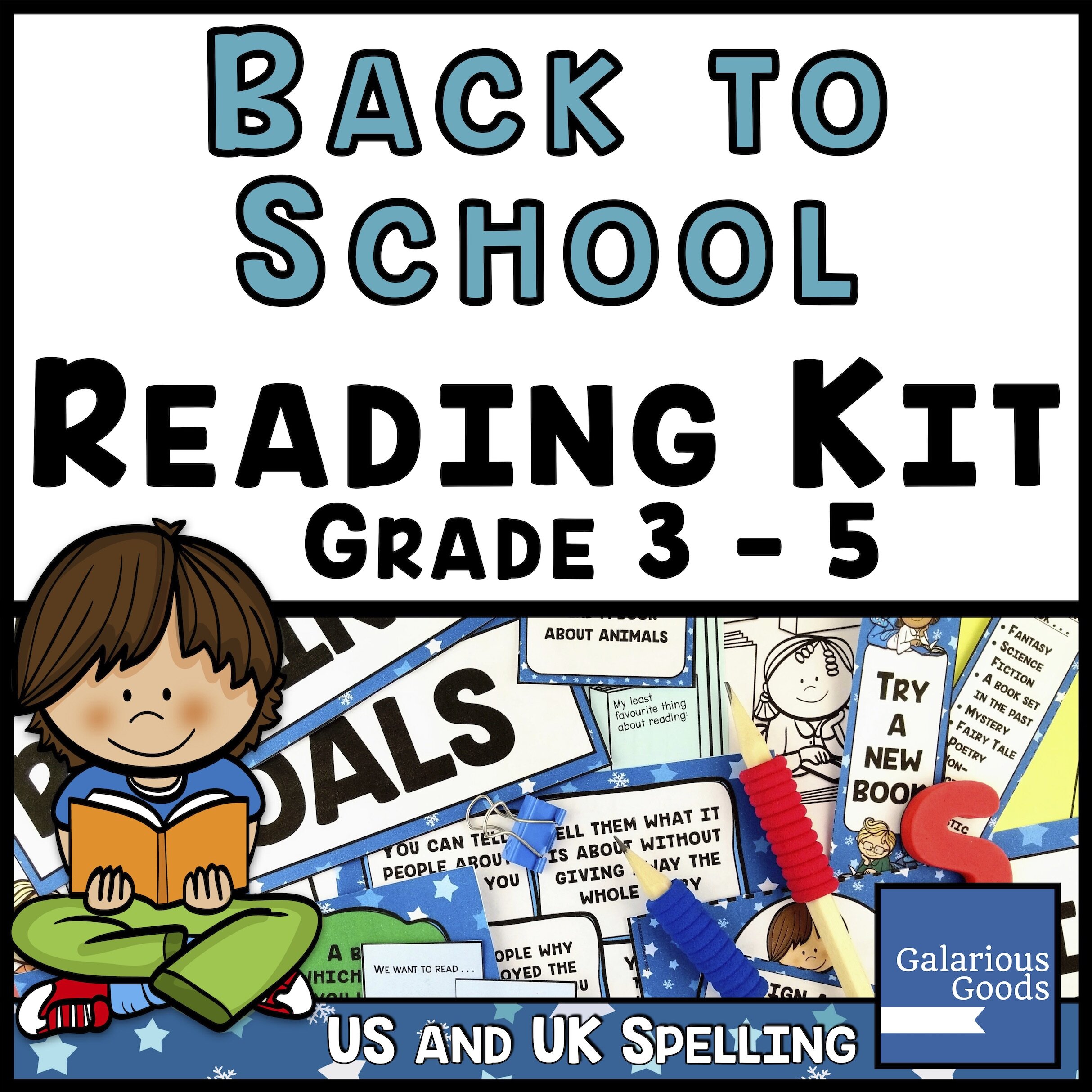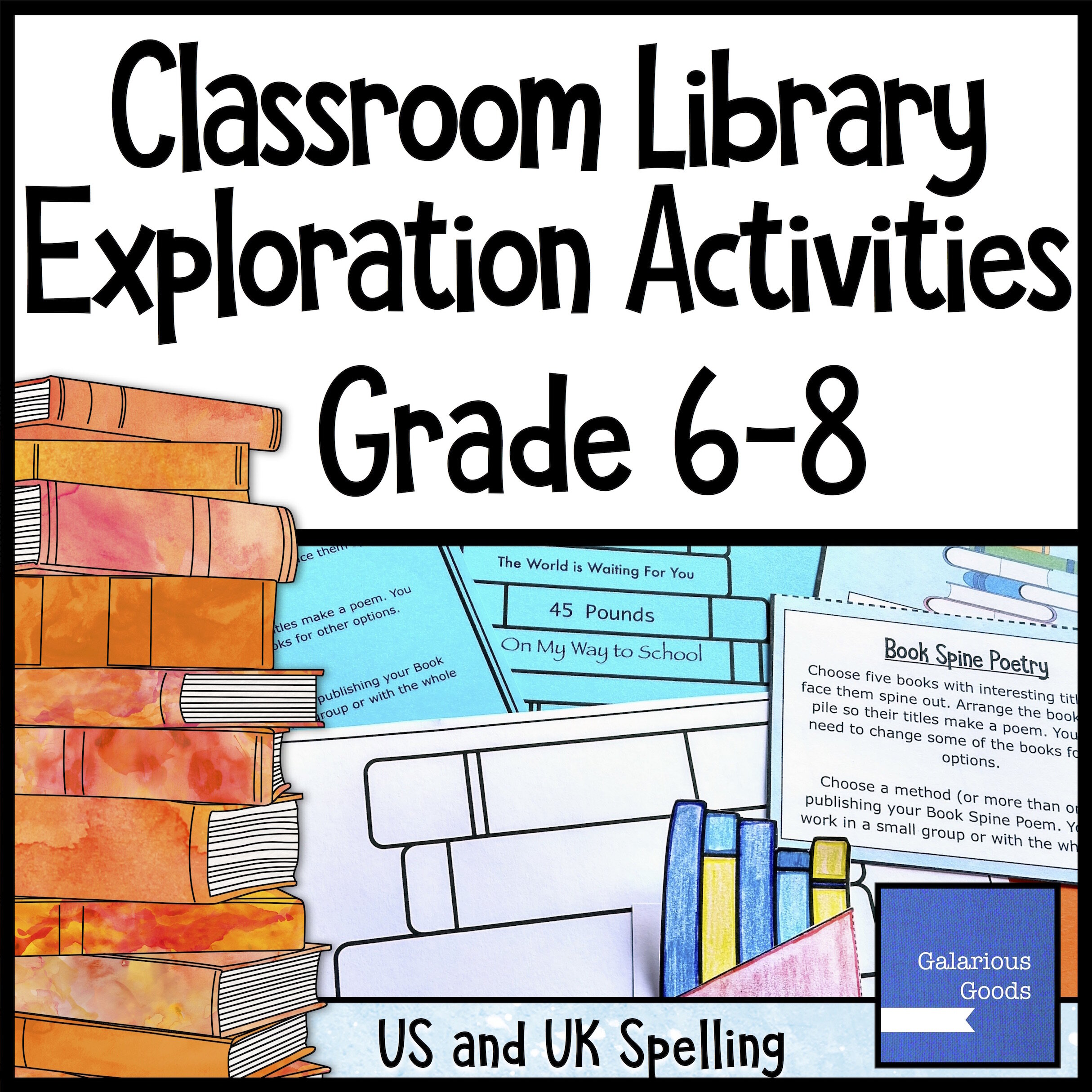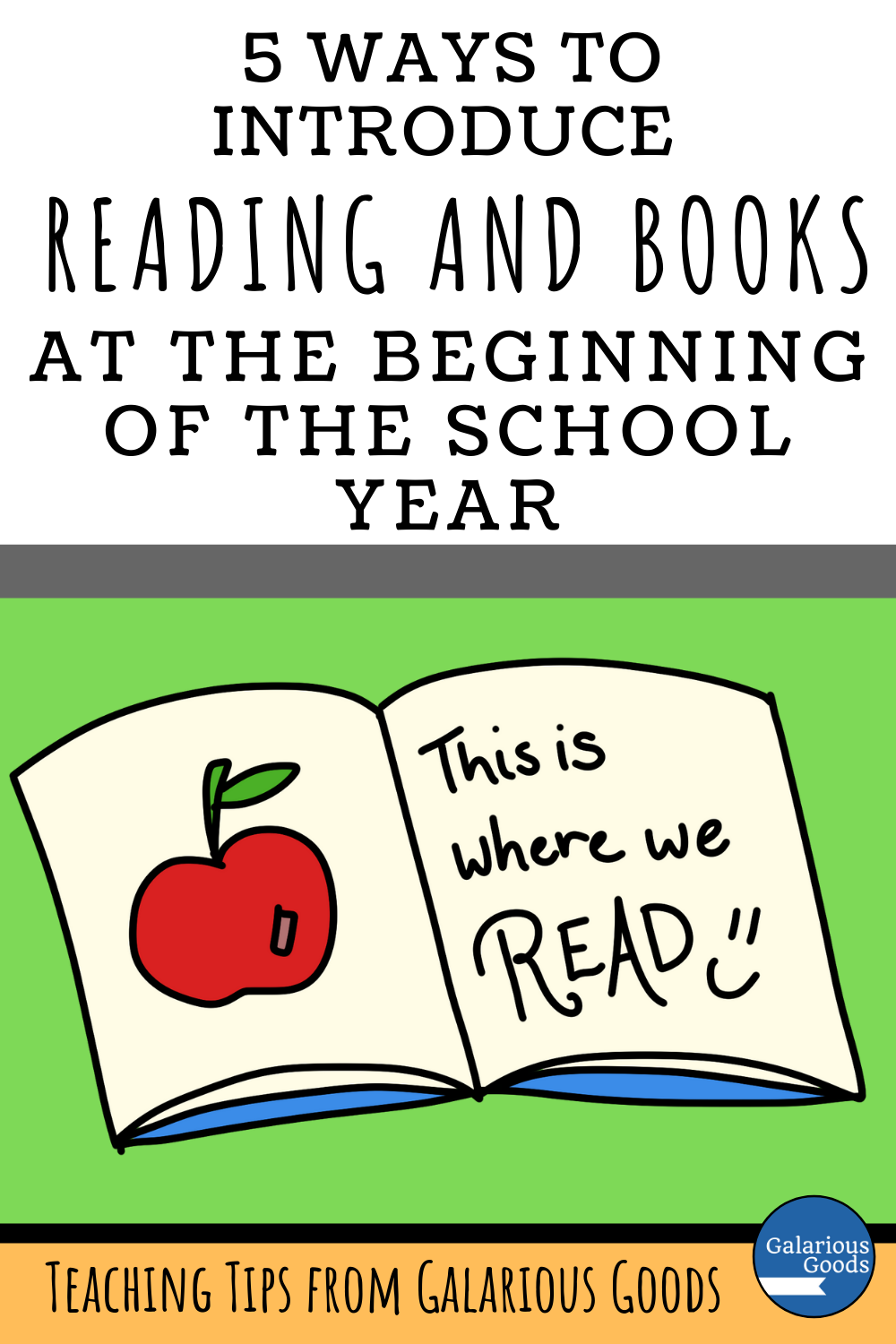Using Back to School Reading Tools in Your Classroom
/We all understand how important reading is in the classroom. But how can we ensure we make reading important from the very first day of school? Here’s some tools you can use to create a reading friendly environment in your classroom as part of your back to school preparations!
1. Tools to assess where students are
Unless you’re teaching first year of school students or students who are new to the school, it’s likely that your students have participated in reading testing - they might even have a reading level recorded. Don’t ignore this! Use this as a launch pad for your own reading testing.
Your school probably has a system of reading testing. If you’re new to the school (or to teaching) ask around to find out what it is and jump into it as soon as you can (it can be a HUGE job). If your school doesn’t have a testing system, grab a couple of texts (easier, at grade level and harder) and ask students to read them to you individually. This gives you a starting place to work from.
As well as assessing reading level, consider assessing how your students feel about reading. Do they like reading? What do they like reading? Where do they like reading? When do they like reading? What are their past experiences with reading? By asking these questions, you’re showing students that their experiences and feelings about reading are real and valid, and getting a better introduction into the reading life of your students.
2. Tools for setting goals.
Before you set reading goals with students, you might like to spend some time exploring what reading goals might look like. Students might focus on reading levels or skill attainment, and that’s great, but student reading goals can also look like the reading goals of adults. Students might like to engage in a reading challenge to try different books, work towards reading a certain number of books, aim to write book reviews for some of the books they’re reading or participate in book discussions with their classmates.
Students should reflect on what their goal would look like and how they’d know that they achieved it. This might mean creating a recording chart for their goal or they might write a journal reflecting on the work they’re doing to achieve their goal.
Don’t forget to ask students what they’ll need to achieve their goal. For some students it will be access to a wide range of books. Others will need time to read or materials to draw up their recording chart. Some might need to learn how to write a book review, or how to use a dictionary effectively. This is a great discussion to have in individual reading conferences allowing students to make choices and take responsibility, while also showing them that you care about their reading goal
3. Tools for creating the environment
What does your classroom tell your students about reading? Stand in the doorway and look in. Have you got any books on display? Have you got a classroom library or a reading corner? Are there posters about reading or books? Think about what message you want students to get about reading as they walk into the classroom and see if there’s anyway to make those messages obvious.
Establishing a whole classroom library can be expensive, but choosing a few books to display can still prioritise reading without breaking the budget. Your school library or local public library may have a selection of books, and you can coordinate these with subjects you’re going to cover in history or science.
There are so many posters related to reading which you can display in your classroom. You might include posters of book covers, posters recommending different books, posters with book genres. You might have posters with sayings or quotes about reading. Printable posters (like these ones) can be found easily at TeachersPayTeachers, then printed and laminated to use year after year.
Creating a reading corner is another way to show students that you prioritise reading. A reading corner might be themed and decorated, but it might just include somewhere to sit, some posters and a collection of books.
Don’t forget to include written recommendations in your classroom! You might start with recommendations from yourself, or you could include recommendations from other teachers in the school, your own family members - even your family pet! (Our chickens are fond of The Fabulous Friend Machine by Nick Bland). Recommendations don’t have to be long - a line or two could be enough to grab the attention of a curious reader.
4. Tools to make reading fun
Is reading fun in your classroom? Before the school year starts, think of some activities to bring reading alive for your students.
Students might like to incorporate STEM with reading and design a book holding machine (so you can eat and read at the same time) or design a way of keeping books safe in the rain.
You might like to have some funny and engaging books ready for the first day of school. Take a little time to read the first few pages - or a particularly funny bit - aloud, then offer the book for students to read (or create a list for read alouds throughout the year)
Allow students the chance to explore some of the books they might like to read that year. Work with your school librarian to explore the library or hold a book tasting in your classroom.





















